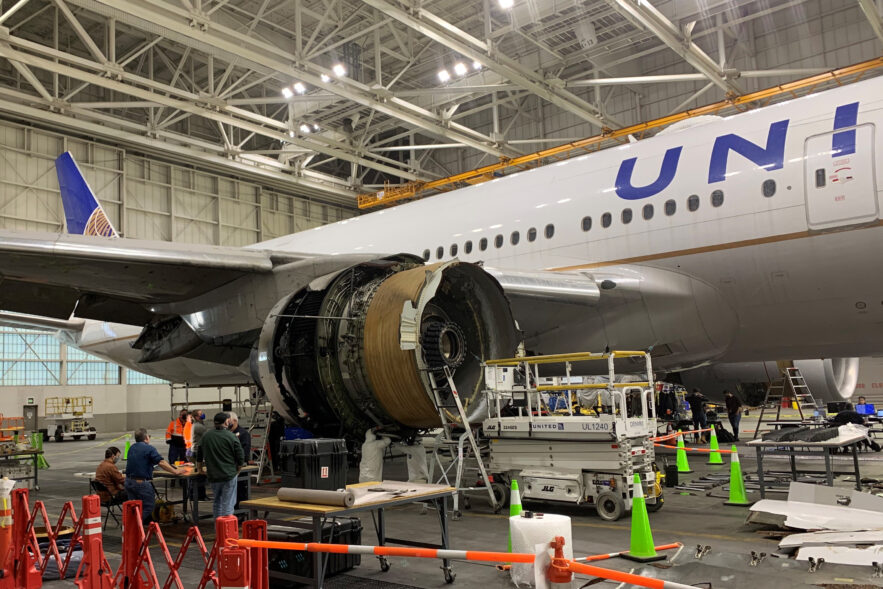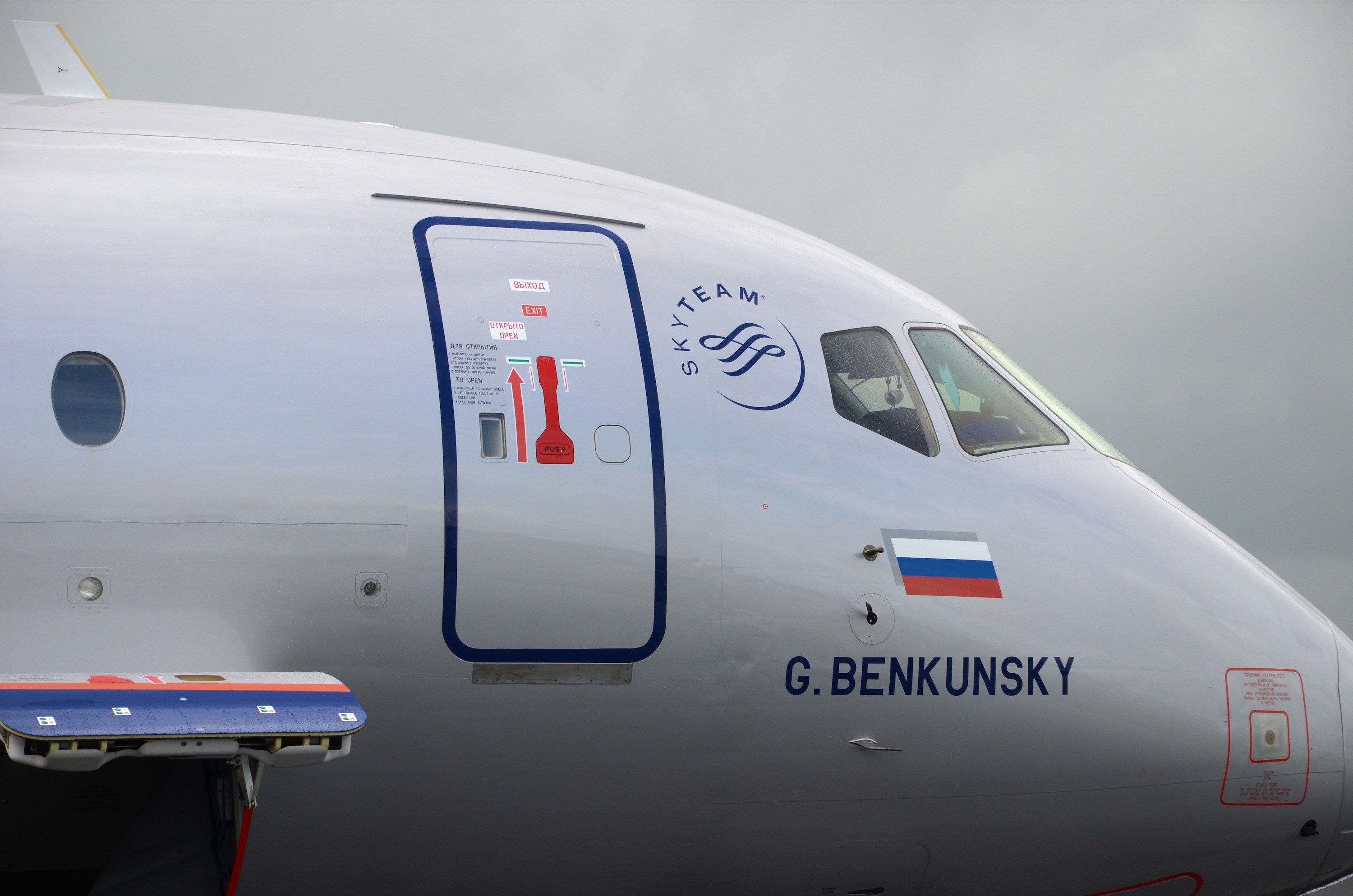NMA lives or dies this week In September 2018, it looked like the pieces of Boeing’s New Mid-Market Airplane would...
Log-in here if you’re already a subscriber Release DateDecember 20, 2019Supply chain built on promise of 737 Max bumper crop...
With receding regional aviation competitors, Embraer studies a return to a market that hasn’t had the choice of an all-new product in decades. Unique quirks of the turboprop market and Embraer technology planning will pressure E3 market potential. Big leaps in efficiency of single-aisle jets compresses the list of small markets that need a big turboprop.
Sign up to receive updates on our latest scoops, insight and analysis on the business of flying. Last...
Log-in here if you’re already a subscriber Release DateJanuary 14, 2021Alaska maps its 2020s with Boeing and leaves Virgin strategy...
If certain contractual issues, particularly around the CFM engines, can’t be overcome in this pre-campaign period, a head-to-head competition will follow and likely give the edge to Airbus and the A220.
The heavy impact of aviation's most acute contemporary crisis is only just beginning to be felt on regulatory relations.
Boeing has started building 737 Max aircraft again for China, but the plane maker Comac -- its Chinese counterpart -- are at the mercy of the peculiar adversarial interdependence between China and the U.S.
GE Aviation and Safran laid out their post-pandemic strategy, a broad technology development plan called RISE aimed at low-emission propulsion for commercial aviation in the 2030s. In a ceremony befitting the cinematic legacy of Southern California, eVTOL entrant Archer unveiled its Maker technology demonstrator. The well-funded start up is part of an industry gold rush that looks a lot like aerial entrepreneurs of the 1920s. Your humble correspondent returned to flying again after 470 days on the ground. But who's counting?
Jon Ostrower and Elan Head·
At first glance, the purchase of 50 new-generation aircraft looks out of character for Allegiant Air, here's why it jumped on the Boeing bandwagon. There's a rivalry brewing between eVTOL entrants Joby Aviation and Archer. The quiet war of words over certification milestones are increasingly important to watch as both eye 2024 for regulatory approvals and the bragging rights for first to fly paying passengers. Emirates 231 wasn't the only incident of its kind. There's no global system of incident reporting -- and that's what makes independent aviation journalism so important.
Less than four months after the Federal Aviation Administration rolled out its 2021 Aviation Climate Action Plan, the agency’s official blueprint for achieving net-zero aviation emissions by 2050 is already starting to look dated. The plan relies overwhelmingly on sustainable aviation fuel (SAF) as the principal pathway for reducing the U.S. aviation sector’s greenhouse gas emissions. It is plainly dismissive of hydrogen, stating: “we do not expect hydrogen-powered aircraft to make a significant contribution toward achieving net-zero aviation emissions by 2050.”
Denial of aviation is a weapon that predates the 21st century battlefield. Yet, with the return of war to Europe, it is also aviation’s Achilles’ heel. With it comes a cascading series of immediate and longer term consequences in the skies as commercial and industrial links are quickly broken after decades of cultivation following the fall of the Soviet Union.












